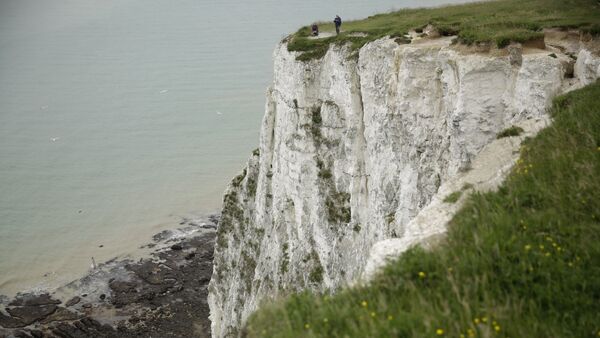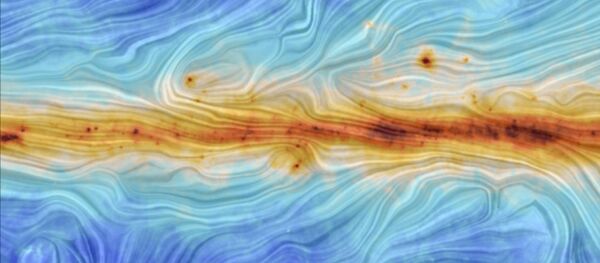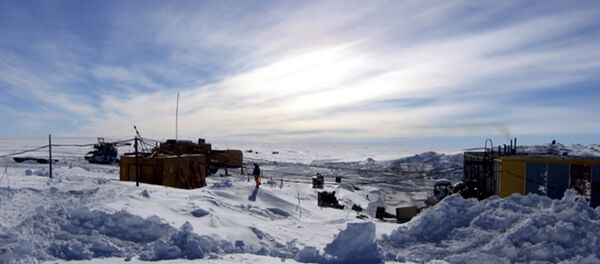Conducted by scientists from the Imperial College of London, researchers found 76 preserved particles from the galaxy — dating back 87 million years — that they say have the potential to shed light on the early days of the solar system.
"The iconic White Cliffs of Dover are an important source of fossilized creatures that help us determine the changes and upheavals the planet has undergone many millions of years ago," Martin Suttle, lead researcher of the study, said in a statement. "It is so exciting because we've now discovered that fossilized space dust is entombed alongside these creatures, which can also provide us with information about what was happening in our solar system at the time."
Though scientists were previously unaware of the particles the cliff housed, Suttle suggested it was likely overlooked due to the fossilization process that replaced the specimen's original minerals with different materials.
It wasn't until the vigilant researchers took note of distinctive spherical structures that they were able to determine that cosmic dust was present.
Published in the Earth and Planetary Science Letters, officials added that their latest discovery could also help to unlock historical moments when asteroid collisions occurred in the solar system.
Aside from getting a sneak peek into the solar system's early days, researchers also published an accompanying study in Geology on how the team's recent revelation led them to create a way to determine if cosmic dust was clay-rich.
According to the separate study, the newfound process, which could help point to watery asteroids, could assist astronauts during deep space missions.
"In the distant future, asteroids could provide human space explorers with valuable stop offs during long voyages — being able to source water is vital because it can be used to drink, to make oxygen and even fuel to power spacecraft" Matthew Genge, the lead author in the second study, said in a statement. "The relevance of our study is that cosmic dust particles that land on Earth could ultimately be used to trace where these water-rich asteroids may be, providing a valuable tool for mapping this resource."
Even though the high-tech instruments were used to analyze particles found on the cliffs, Genge added that even amateurs could search for their own bits and pieces of space.
"There is no reason why anyone can't look for cosmic dust in rocks," he said. "It is simple. Crush the rock into powder with a hammer, run a magnet across the rock, then use a hand lens or microscope and look for completely spherical particles."
"These are likely to be cosmic dust," Genge added.



